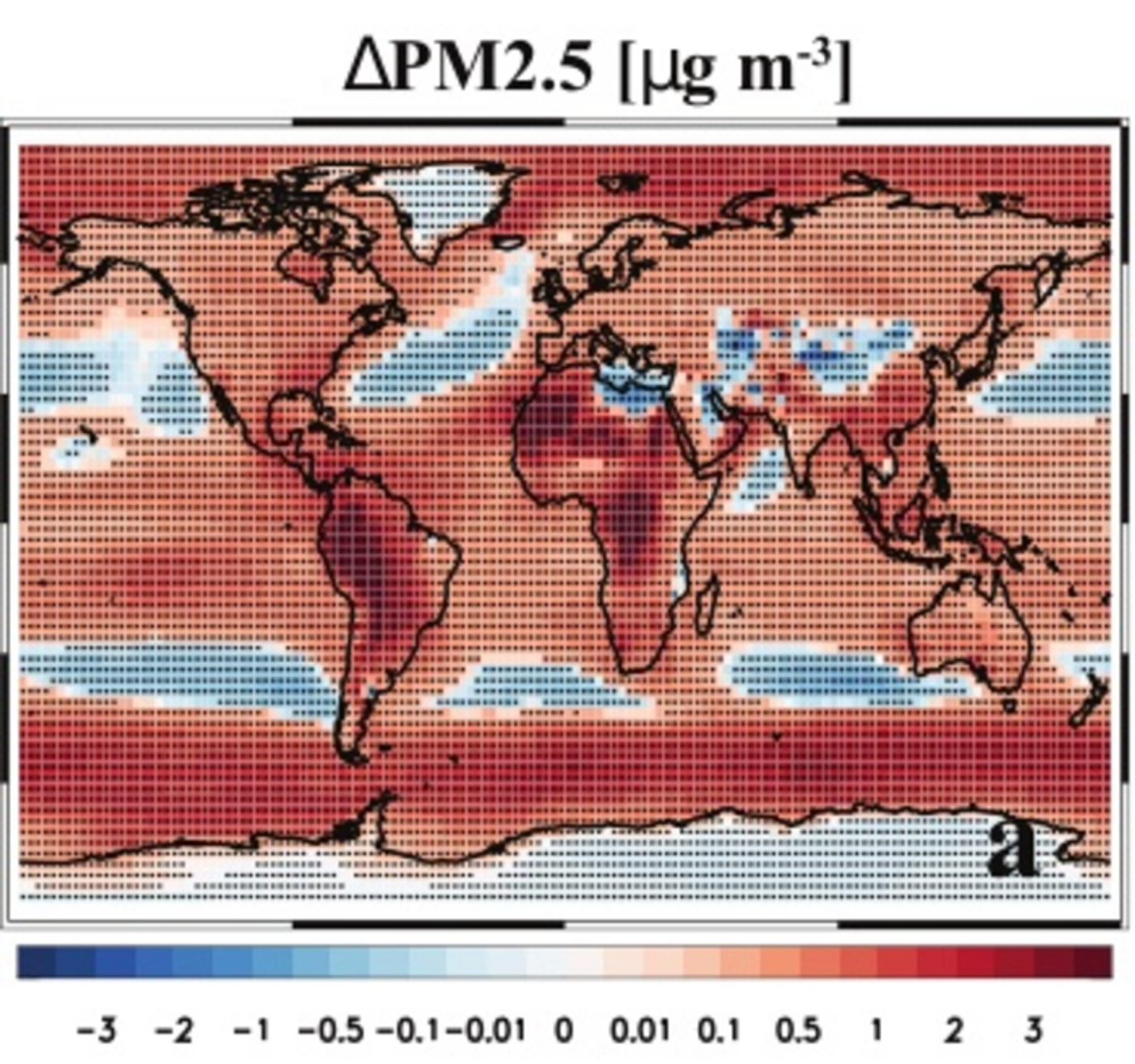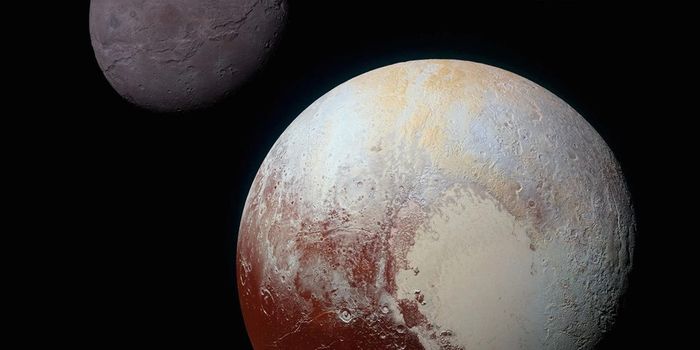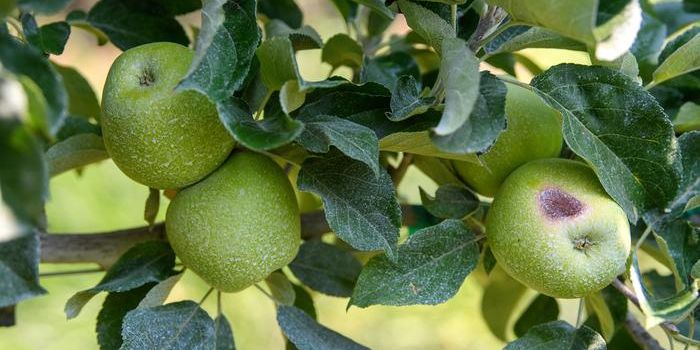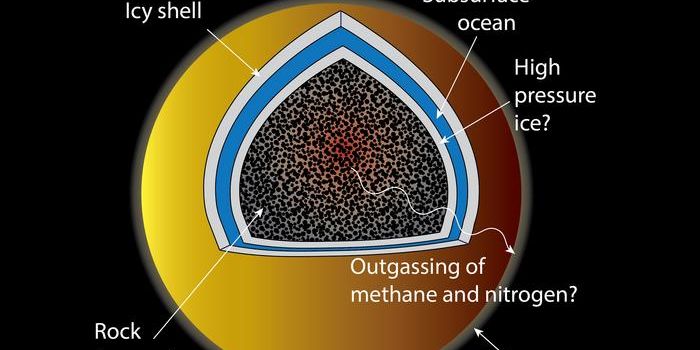Future Air Pollution Could Come from Natural Resources
Data displaying PM2.5 surface concentration changes after an increase of only 4 degrees Celsius (39 degrees Fahrenheit) across the globe. Black dots demonstrate statistically major changes. (Credit: James Gomez/UCR)
Rising global temperatures are becoming a growing concern worldwide. An international team of researchers led by the University of California Riverside (UC Riverside) has estimated an approximate 14 percent increase in dust and harmful plant emissions if average global temperatures should increase by 4 degrees Celsius (39 degrees Fahrenheit). This study demonstrates that not all air pollution results from anthropogenic climate change and other factors are also at play.
“We are not looking at human emissions of air pollution, because we can change what we emit,” said James Gomez, who is a PhD student at UCR, and lead author of the study. “We can switch to electric cars. But that may not change air pollution from plants or dust.”
The researchers estimated that approximately two-thirds of future pollution across the globe could be produced by plants. They came to this conclusion by examining what are known as biogenic volatile organic compounds, also known as BVOCs.
“The smell of a just-mowed lawn, or the sweetness of a ripe strawberry, those are BVOCs. Plants are constantly emitting them,” said Gomez.
Rising global temperatures could result in air pollution coming from natural sources, such as plants. (Credit: wwing/iStock/Getty)
BVOCs aren’t harmful unless they react with oxygen, which results in the production of organic aerosols, which can be extremely harmful and lead to a myriad of health concerns for both kids and adults. These include infant mortality, childhood asthma and lung cancer and heart disease for adults.
The increased production of BVOC is directly proportional to increasing global temperatures and global levels of carbon dioxide, which are both predicted to increase in the future. That said, the researchers stress that BVOCs in small amounts, from small gardens for example, are not harmful.
“Your lawn, for example, won’t produce enough BVOCs to make you sick,” explained Gomez. “It’s the large-scale increase in carbon dioxide that contributes to the biosphere increasing BVOCs, and then organic aerosols.”
Along with increases in BVOC production, the researchers also speculate increased levels of dust, specifically from the Saharan Desert, will be another contributing factor to future air pollution, as well.
“In our models, an increase in winds is projected to loft more dust into the atmosphere,” said Dr. Robert Allen, who is an associate professor of Earth and Planetary Sciences at UCR, and a co-author on the study.
Rising dust in the Sahel of West Africa. Researchers speculate dust will be a major contributing factor to poor air quality as the global temperatures continue to increase. (Credit: Robert_Ford/iStock/Getty)
According to the study, increased global temperatures will result in increased global levels of Saharan dust, with Africa experiencing the highest levels of dust, followed by the eastern United States and the Caribbean.
The organic aerosols and dust discussed in this study fall are known as PM2.5 airborne pollutants, which also include sulfate, sea salt, and black carbon. The name comes from PM standing for particulate matter and the 2.5 indicates the diameter of the particulates being 2.5 micrometers or less. The study indicated the increase in PM2.5 pollution was a direct result of increased carbon dioxide levels.
“The more we increase CO2, the more PM2.5 we see being put into the atmosphere, and the inverse is also true. The more we reduce, the better the air quality gets,” said Gomez.
While the study’s findings indicate that an increase in global temperatures of just 2 degrees Celsius (35.6 degrees Fahrenheit) only result in PM2.5 levels increasing by 7 percent, global temperatures could still increase by 4 degrees Celsius by the end of the 21st century.
Gomez says that a sharp decrease in carbon dioxide levels could result in future air quality improving.
“The results of this experiment may even be a bit conservative because we did not include climate-dependent changes in wildfire emissions as a factor,” said Gomez. “In the future, make sure you get an air purifier.”
How will future rising global temperatures continue to affect the plants and dust all over the world? Only time will tell, and this is why we science!
Sources: Communications Earth & Environment, EurekAlert!
As always, keep doing science & keep looking up!











